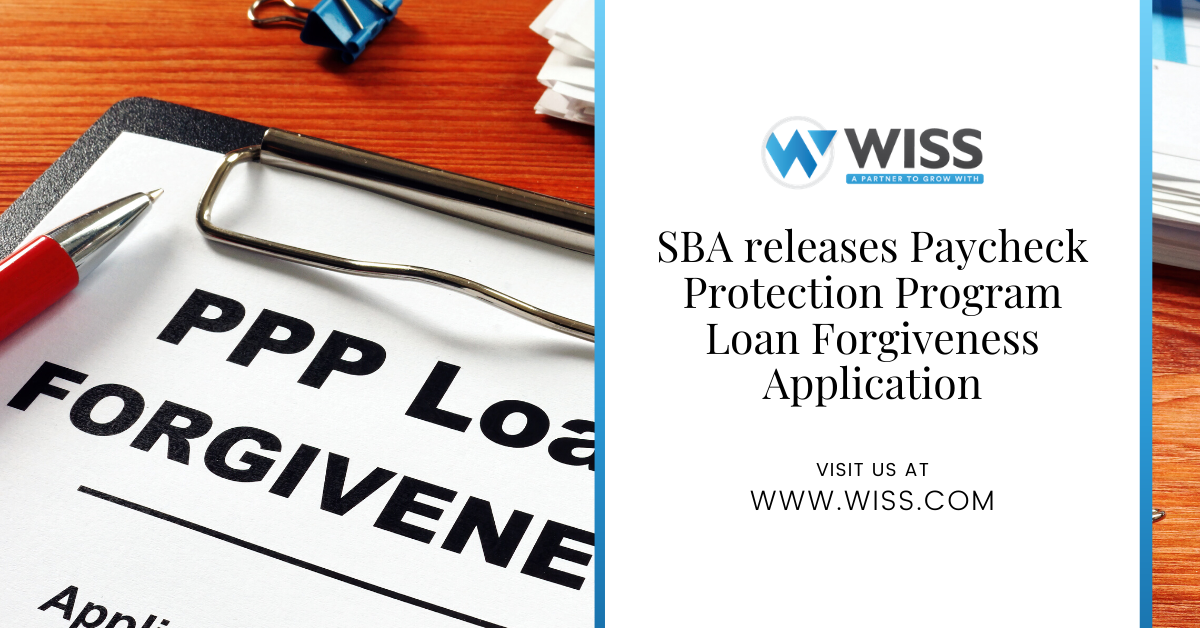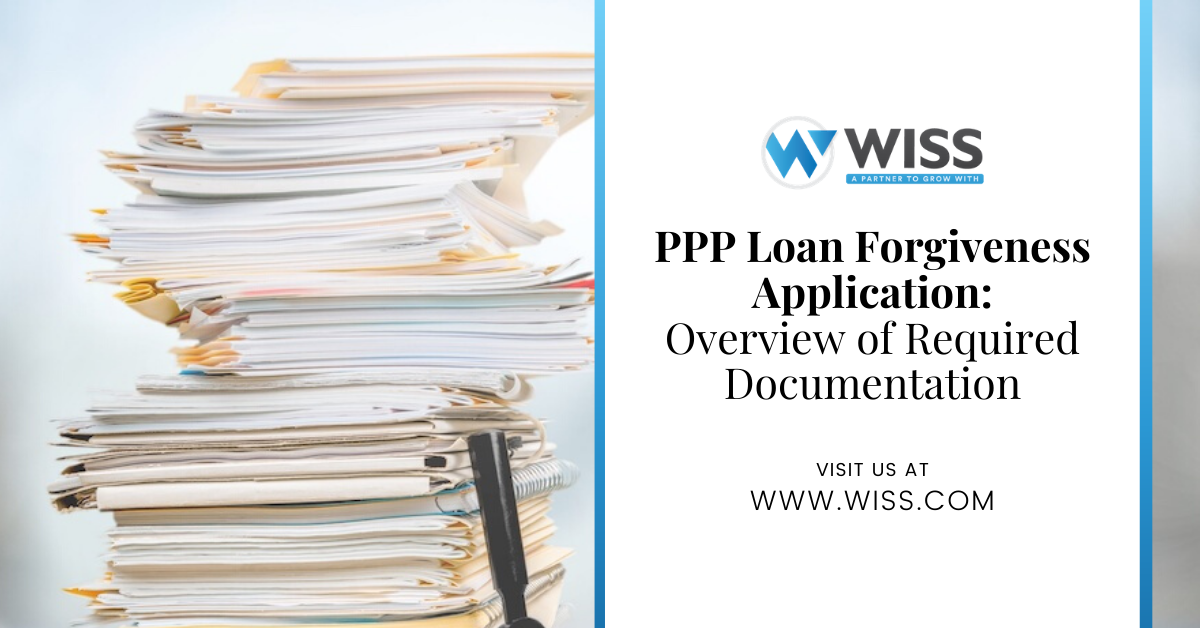On Friday May 15th, the Small Business Administration released the long-awaited Paycheck Protection Program (“PPP”) loan forgiveness application. The forgiveness application includes detailed instructions for borrowers to calculate their eligible costs and determine the amount of PPP loan forgiveness. The form provides more guidance than previously available, but still not as clear as we’d hoped. There are still unanswered questions and we anticipate additional guidance from the SBA.
One thing that is clear. The process for compiling the required information and filling out the form is quite detailed and, especially if you have a large number of employees, requires a great deal of time and care. The purpose of this article is to highlight certain key pieces of the application and alert you to any changes.
[table id=14 /]The PPP forgiveness application will be submitted by borrowers to their lender; some lenders may offer electronic versions. It is essential you reach out to your lender today to determine their process for handling PPP forgiveness applications. You will also want to familiarize yourself with the lender’s document list and supporting information to be submitted with the forgiveness application.
There are 4 main components to the PPP forgiveness application:
- PPP Loan Forgiveness Calculation Form
- PPP Schedule A
- the PPP Schedule A Worksheet
- PPP Borrower Demographic Information Form
The PPP Loan Forgiveness Calculation Form and PPP Schedule A are required to be submitted to the lender. PPP Schedule A Worksheet and PPP Borrower Demographic Information Form are optional.
One of the biggest clarifications from this update is the inclusion of an alternative payroll covered period (APCP). The APCP allows businesses to align their payroll costs to their normal payroll cycle. This update will allow borrowers more flexibility and time to capture additional payroll costs eligible for forgiveness. More on the Covered Period (CP) and the Alternative Payroll Covered Period (APCP) below:
Covered Period: this is the eight week (56 day) Covered Period (CP) of your PPP loan. The first day of the CP must be the same as the PPP Loan Disbursement Date.
Example: if the borrower received its PPP loan proceeds on Monday, April 20, the first day of the covered period is April 20 and the last day of the Covered Period is Sunday, June 14. If the borrower received their PPP loan in multiple disbursements, the Covered Period begins on the day of the first disbursement.
Alternative Payroll Covered Period: For Borrowers with a biweekly (or more frequent) payroll schedule, you may elect to calculate eligible payroll costs using the eight-week (56 day) period that begins on the first day of their first pay period following their PPP Loan Disbursement Date (the “Alternative Payroll Covered Period”).
Example: if the Borrower received its PPP loan proceeds on Monday, April 20, and the first day of its first pay period following its PPP loan disbursement is Sunday, April 26, the first day of the Alternative Payroll Covered Period is April 26 and the last day of the Alternative Payroll Covered Period is Saturday, June 20. Borrowers who choose to use the Alternative Payroll Covered Period must apply the Alternative Payroll Covered Period whenever there is a reference in the forgiveness application to “the Covered Period or the Alternative Payroll Covered Period”. However, Borrowers must apply the Covered Period (not the APCP) wherever there is a reference in the application to the “Covered Period” only.
What Costs are Eligible for Forgiveness
Eligible costs will be required to follow the incurred and paid principle described in the CARES Act.
Eligible Payroll Costs
- Payroll costs are considered paid on the day that paychecks are distributed or the Borrower originates an ACH credit transaction
- Payroll costs are considered incurred on the day that the employee’s pay is earned
- Payroll costs incurred but not paid during the Borrower’s last pay period of the Covered Period or (ACPC) are eligible for forgiveness if paid on or before the next regular payroll date
- Otherwise, payroll costs must be paid during the CP or ACPC
- The total amount of cash compensation eligible for forgiveness may not exceed an annual salary of $100,000, or $15,385 during the CP or ACPC
Eligible Nonpayroll costs
All nonpayroll costs eligible for forgiveness must have been in place, in force, or in service prior to February 15, 2020. Any eligible nonpayroll cost placed in service after this date is not eligible for forgiveness.
An eligible nonpayroll cost must be paid during the CP or incurred during the CP and paid on or before the next regular billing date, even if the billing date is after the CP.
Mortgage Obligations: Payment of interest on any business mortgage obligation on real or personal property incurred before February 15, 2020.
Rent Obligations: Business rent or lease payments pursuant to lease agreements for real or personal property in force before February 15, 2020.
Utility payments: Business payments for a service for the distribution of: electricity, gas, water, transportation, telephone, and internet access.

 Previous
Previous






